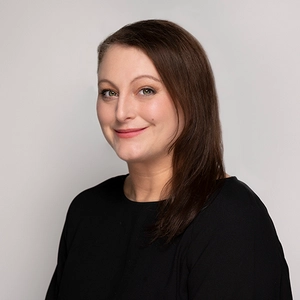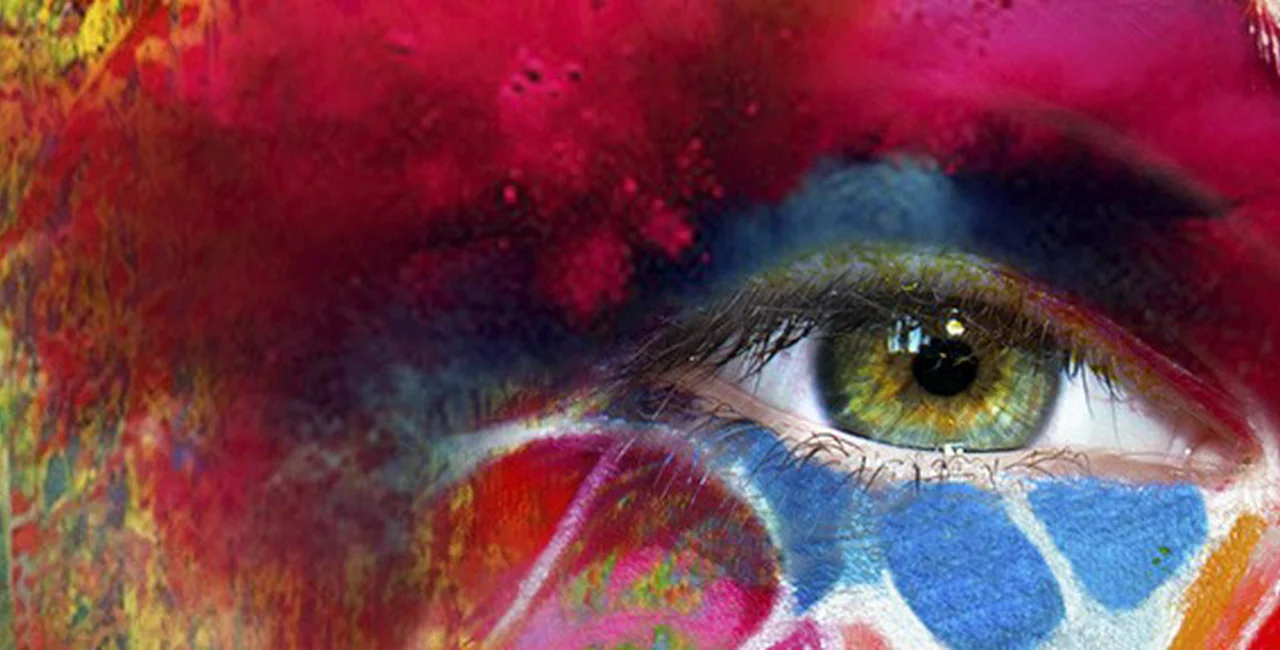Contemporary art—and its deliciously unruly practitioners—are on the tip of tongues all across Europe, with everyone from uptight Parliamentarians to bus stop babickas speculating on a certain sculpture. No matter where you stand, or rather squat, on the Turkish toilet issue, you have to admit: The whole art-as-a-shared-experience-thing is a major rush (art, art for everyone!). Contemporary art shouldn´t just be shared; it should be rude, telling, and unapologetic. That´s right, Mr. Černý, unapologetic. Galerie Rudolfinum kicks off its 2009 season with one of the most impertinent of them all, patron saint of pop art Andy Warhol.
Galerie Rudolfinum is neither drafty loft nor underground gallery—it´s a neo-Renaissance building in the heart of historic Prague that shares space with the Czech Philharmonic stage. And yet any of its 2008 exhibits—a color-drenched Gregory Crewdson show; a mixed-media exhibit of the next generation of American artists (“Uncertain States of America”); a retrospective of controversial Gottfried Helnwein paintings and photographs—establishes Galerie Rudolfinum as a key player in Prague´s contemporary art scene. Rudolfinum isn´t just a breathtaking setting for viewing world-class artists; it´s also a self-proclaimed multi-cultural center, with an accompanying program for each of its temporary installations.
In the case of the current Warhol exhibit, Rudolfinum´s ornate, high-ceilinged interior makes for a brilliant contrast to the examination of celluloid therein. But don´t go expecting soup cans and silkscreen: “Andy Warhol: Motion Pictures”, organized by The Museum of Modern Art, New York and The Andy Warhol Museum in Pittsburgh, showcases twenty of the famed purveyor of pop´s experimental films—many on display together for the first time—specifically the screen tests and non-narrative black and white films from 1963-1973. The exhibit is short but sweet, though well worth the price of admission as you´ll want to spend hours wandering the dim and mesmerizing rooms which approximate a hyperrealist gallery of the future, complete with living, breathing portraits hanging from the walls.
The majority of “Motion Pictures” is devoted to Warhol´s famed screen tests, a take-off on the Hollywood practice of gauging an actor´s camera-readiness and star power. Warhol made close to 500 of them and some 250 survive today, fully restored and digitized. The screen tests—they last about four minutes, the length of a roll of 16MM film—capture a parade of near-motionless actors, models, and friends-of-Andy in front of a tripod-mounted camera. We get an early Velvets-era Lou Reed in shades sipping a Coke (Screen Test: Lou Reed 1966); a doe-eyed and dewy Warhol muse Edie Sedgwick projecting irritation in Screen Test: Edie Sedgwick 1965 (she was recovering from a car accident at the time); a startlingly girlish Susan Sontag, bobbed and turtle-necked and looking nothing like the feminist force she would become in later years (Screen Test: Susan Sontag 1964). Warhol also spins a devilish Salvador Dali (Screen Test: Salvador Dali 1966) on his head, speaking to the way the artist cleverly subverted Hollywood contrivances throughout his career.
Many of the individual screen tests were repeatedly used in Warhol conceptual projects and films. On display here are screen tests for the films The Thirteen Most Beautiful Boys and The Thirteen Most Beautiful Women (inspired by an NYPD brochure “Thirteen Most Wanted Men” from the 1964 World´s Fair). Screen Test: Jane Holzer 1964 from “Beautiful Women” takes on a subtle change in lighting and dramatic focus variations for an ethereal, hypnotic effect not found in the other tests. Holtzer´s screen test and others from this series were made into slide projections and appeared in Warhol´s 1966 multi-media happening The Exploding Plastic Invisible which featured dancers bathed in psychedelic lights and the white-hot drone of the Velvet Underground.
Boys, beautiful and otherwise, were a hot topic for Warhol, and nowhere is that more evident than in the 1964 silent film BJ (insert euphemism for fellatio here), a 41-minute shot of a man on the receiving end of, uh, let´s just call it a random act of kindness. The actor is only visible from the collar up giving the viewer a portrait of a man in the throes of pleasure at the hands of what critics have suggested may have been up to five other men (Andy´s “beautiful boys”). The equally visceral films Eat and Sleep capture an artist endlessly snacking on what is thought to be a mushroom and a poet sleeping, a film that Warhol extended to clock in at six hours. Others include Kiss, Haircut (No. 1), and the final film of the exhibit, Empire; footage from Warhol´s eight-hour, real-time film of the Empire State Building. As the landmark building drifts in and out of clouds and darkness, the camera attributes a certain vulnerability to the city that never sleeps.
What´s compelling about this exhibit is we get the sense that this is how Warhol would´ve wanted it—and that he would´ve been a most dominant force in the digital age. I´ve seen one of the many screen tests of actor Dennis Hopper at MOMA in New York, displayed on a small TV atop a pedestal in a well-lit corner of the museum. Screen Test: Dennis Hopper 1964 here at Rudolfinum lends a new dimension to Warhol´s depiction of Hopper and the rest of his cadre of celebs and “Superstars”. The suspended, large screen projections harness the power of mass, in this case massive, media to bring us gestures of human emotion writ large.
Devoted Warhol fans might want to explore The Warhol Family Museum of Modern Art in the sleepy village of Medzilaborce, Slovakia from where the Warhola family hails. Their impressive collection is well worth the trek. Local Factory types can augment their Warhol knowledge with one of Galerie Rudolfinum´s upcoming Motion Pictures-related events through March, including various talks (some in English) and Velvet Underground cover bands.
Andy Warhol: Motion Pictures is at Galerie Rudolfinum through April 5, 2009. Tickets are 120 CZK. Rudolfinum is open daily except Mondays from 10:00 to 17:30. For more information or for the accompanying program dates and times, visit http://www.galerierudolfinum.cz/.
Click Here for our event listing.












 Reading time: 5 minutes
Reading time: 5 minutes 























